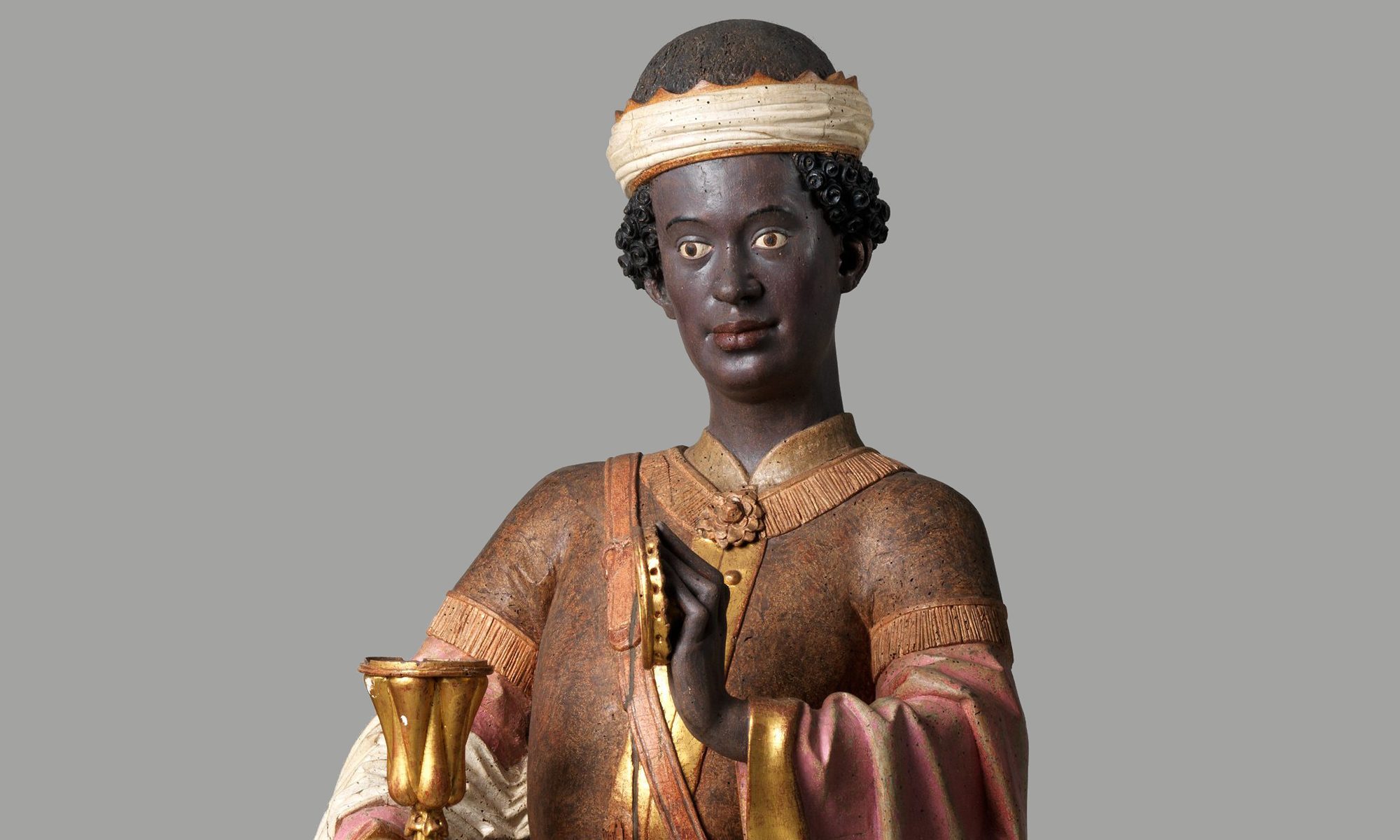Anglo-Saxon Studies is at a crossroads as a discipline. As it is struggling to stay relevant in an ever-changing educational landscape, it is also—like the larger field of Medieval Studies—grappling with the misappropriation of historical figures, themes, and symbols for racist agendas. Recent online discussions in some of our Anglo-Saxon forums have shed light on issues involving Anglo-Saxon symbolism, misappropriation of these symbols by white supremacists, and the potential for racial terror within or outside of the classroom. In a recent discussion in the Anglo-Saxon Studies Facebook group, Professor Peter Baker from the University of Virginia, a distinguished and senior scholar of the field, eloquently contextualized some of the most pressing issues the field faces within our present political climate. He generously offers it here for our community of medievalists of color and allies. Professor Baker reflects on his own privilege, as he reminds white scholars to acknowledge that we all live in a system that upholds white supremacy; that we must interrogate our self-presentation and reassess our teaching practices to ensure that the study of Old English is safe for every student, whether they are white or students of color. As scholars and educators, we have a responsibility to scrutinize not only the way we teach, but also how our bodies are read by our students. ~Dr. Mary Rambaran-Olm, 2nd Vice President of the International Society of Anglo-Saxonists (ISAS), and Academic Researcher.
By Dr. Peter Baker, Professor of English, University of Virginia
As a sixty-five-year-old white male, I recognize that I’m part of the problem whether I want to be or not. I’m reminded of the definition of racism in the documentary “I’m Not Racist, Am I?” Some of us simply *are* racists, whatever our individual views, by virtue of belonging to the group that created and now maintains a racist system. And yet anyone can try to play a constructive role.
Last fall I had the most diverse intro. Old English class it has ever been my pleasure to teach. It was a great experience—every one of my students was wonderful. Our class met a few feet away from where, less than a month before the beginning of term, students of color and white students had come together to defend what they understood was a deeply problematic symbol of our university—a statue of Thomas Jefferson—from invading Nazis. Like just about everyone at UVA, I opened the term with some thoughts about that. I told my students that we were working in an area that had a long history of being exploited by racists, Nazis, and others whose views I found abhorrent. We would acknowledge that dark history throughout the term, and we would try to study our subject without becoming complicit in that kind of exploitation. I wanted my classroom to be one in which all felt welcome and safe.
And I think it’s at least a *little* more than a vain hope that everyone *did*. But as the academic year dragged to a close I was haunted by a sense of failure. Not only about my own class, but also about my discipline and my university. One piece that helped focus that sense of failure was a conversation that appeared in Slate after the recent Philadelphia Starbucks outrage, called “Being Black in Public.” A good part of the piece was about “white spaces” and “black spaces,” in the course of which the brilliant Jamelle Bouie said a thing that hit home in more than one way: in his view, Starbucks was “akin to somewhere like the Downtown Mall in Charlottesville, Virginia—putatively diverse, but curated for the experience of white people.”
Thing is, he could have said that with equal justice about the university where I work or about my own classroom. If I had succeeded in making my class “welcoming” and “safe” (like my city’s famous Downtown Mall), those things weren’t enough. It wasn’t enough to *welcome* African American, Asian, and Middle Eastern students into a class that was still “curated for the experience of white people.” I wanted it to be everyone’s class.
Similarly, the University of Virginia has tried to be “welcoming” to students of color—but I have spoken to all too many students of color over the years who still feel alienated. How can Thomas Jefferson’s university make itself into a space that *belongs* to everyone? I don’t think it can, without redefining itself radically and repudiating much of its heritage. Maybe it will someday—though I’m not hopeful.
And it probably isn’t possible to make “Anglo-Saxon Studies” into a discipline that *belongs* to everyone without a similar kind of redefinition. Not just relabeling it, but adjusting its boundaries in space, time, theoretical approach, and who knows what else, changing the kind of space it is. That redefinition is probably necessary if anything like this discipline is going to survive long term in the American university system (I can’t speak for other systems). Frankly, it’s necessary if it’s going to survive at UVA in the short term.
So I guess , though I’ve been very comfortable in the house called “Anglo-Saxon Studies” for a very long time, I’m closer to the “burn it down” position. Or at least remodel it.
